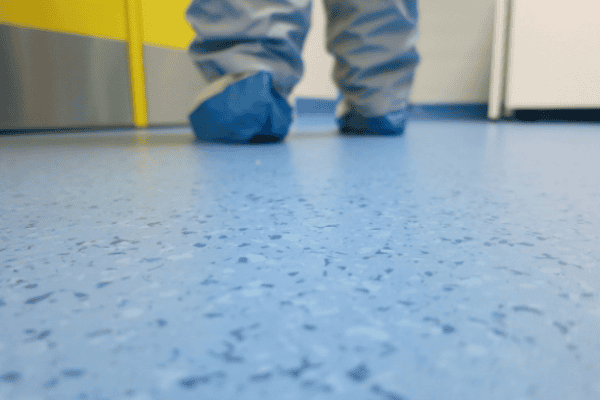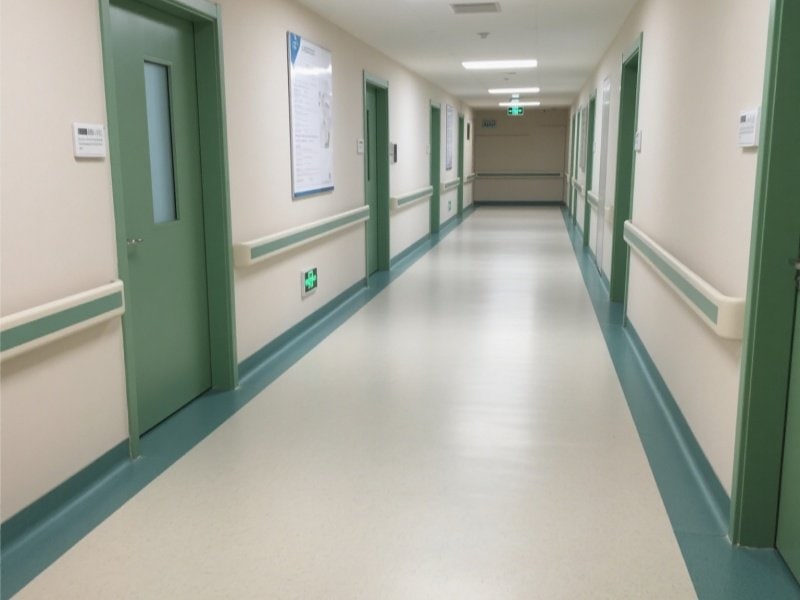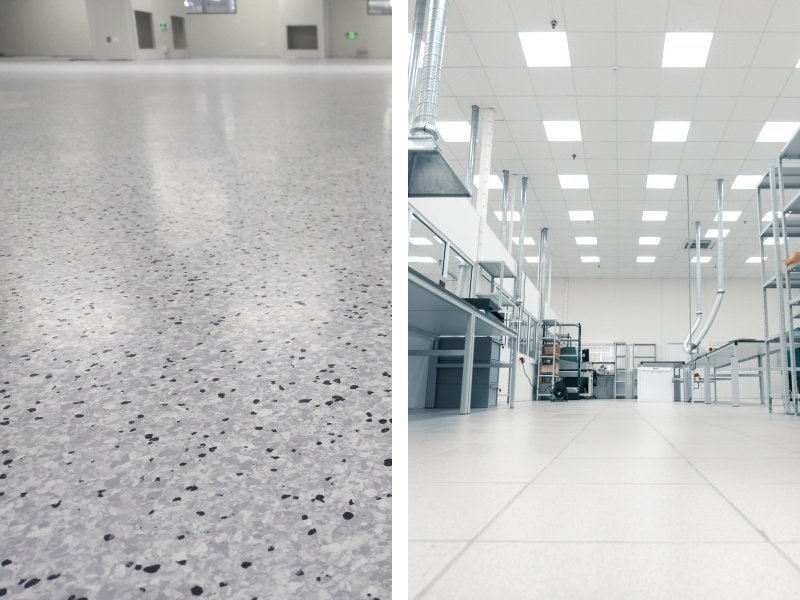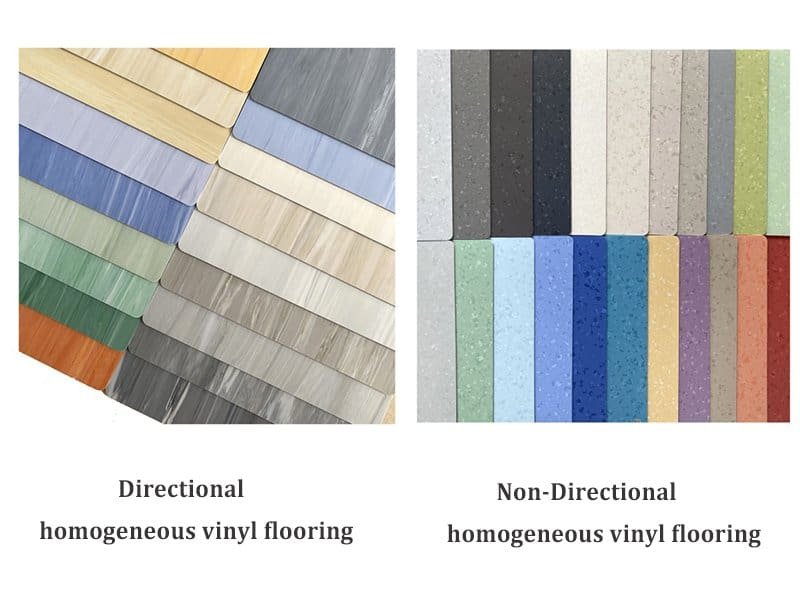Commercial flooring is becoming more and more popular in the decoration market. It’s increasingly seen in healthcare, education, office and public areas, and residential zones. Different users will choose commercial flooring of different materials based on different scenarios. Today, we will delve into the distinctions between homogeneous vinyl flooring and heterogeneous flooring.
From the appearance
Homogeneous vinyl flooring is made up of a single layer of material throughout its thickness. It can be considered an extra-thick wear layer. Even if the surface is worn, the pattern will not change. On the other hand, heterogeneous flooring resembles a sandwich structure, comprising UV coating layer, wear layer, printed layer, glass fiber layer and foam backing layer. The two types of commercial flooring can be distinguished visually, as homogeneous flooring has a uniform appearance on the side without distinct layers, whereas heterogeneous flooring exhibits obvious layering on the side.
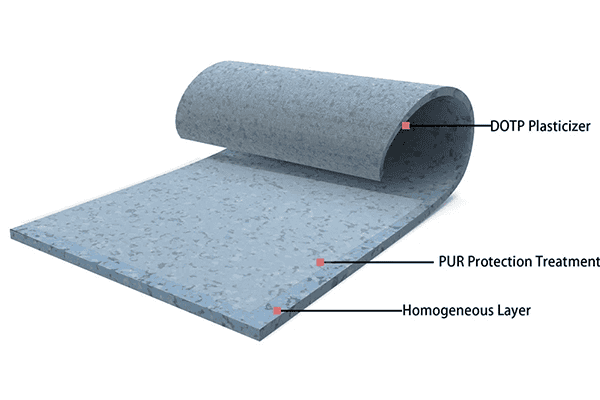
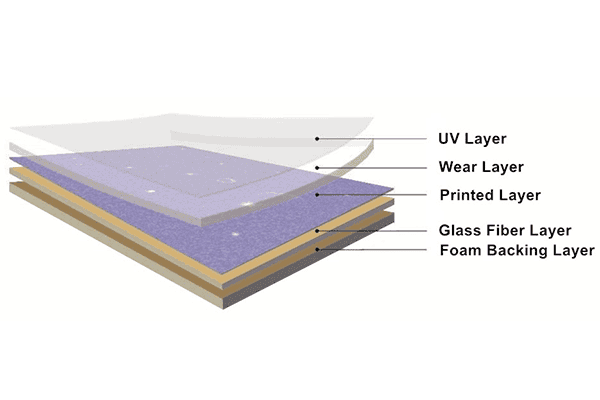
From the perspective of production technology
In terms of production technology, the raw materials and technical requirements for homogeneous flooring are significantly higher than that of heterogeneous flooring. Homogeneous flooring uses PVC as its primary material, excludes recycled PVC, and contains fewer plasticizers, resulting in a relatively higher price compared to heterogeneous flooring.
In terms of comfort
From the comfort perspective, the glass fiber layer and foam backing layer in heterogeneous flooring offer a softer underfoot feel compared to homogeneous vinyl flooring, providing enhanced comfort and sound absorption capabilities.
Flooring durability
Regarding durability, although heterogeneous flooring features a wear layer, homogeneous vinyl flooring’s homogeneous structure coupled with UV coating layer provides superior wear resistance. Even with surface wear, the pattern remains unaffected, offering better durability.
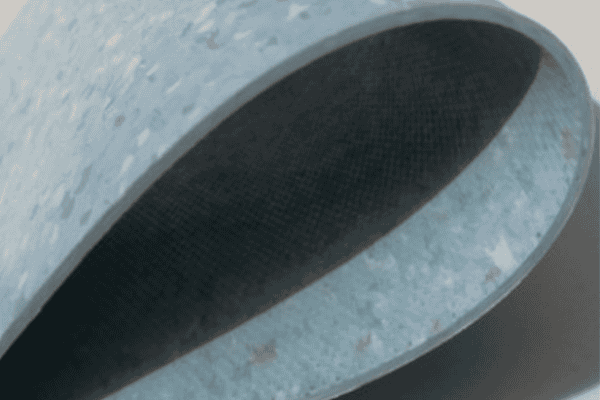
Maintenance-wise
Maintenance-wise, homogeneous vinyl flooring‘s material is similar to the material of the welding wire and can be closely fused with a high-temperature welding gun, whereas heterogeneous flooring’s multi-layered structure results in slightly weaker seam adhesion. In case of significant scratches on homogeneous flooring, a 3mm narrow strip can be cut and fused into the groove using heat fusion welding, followed by leveling and waxing to restore the original look. Conversely, heterogeneous flooring requires cutting a significantly larger piece to repair deep scratches.
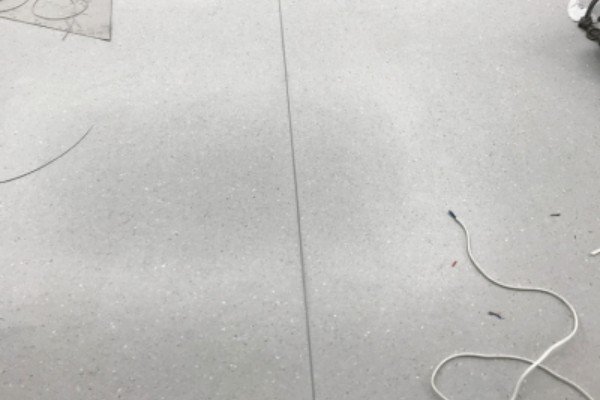
In conclusion, homogeneous vinyl flooring excels in wear resistance, repair maintenance, and seam durability compared to heterogeneous flooring. However, heterogeneous flooring offers advantages in terms of price and comfort. The choice between the two types of commercial flooring should be made based on specific needs and requirements.
